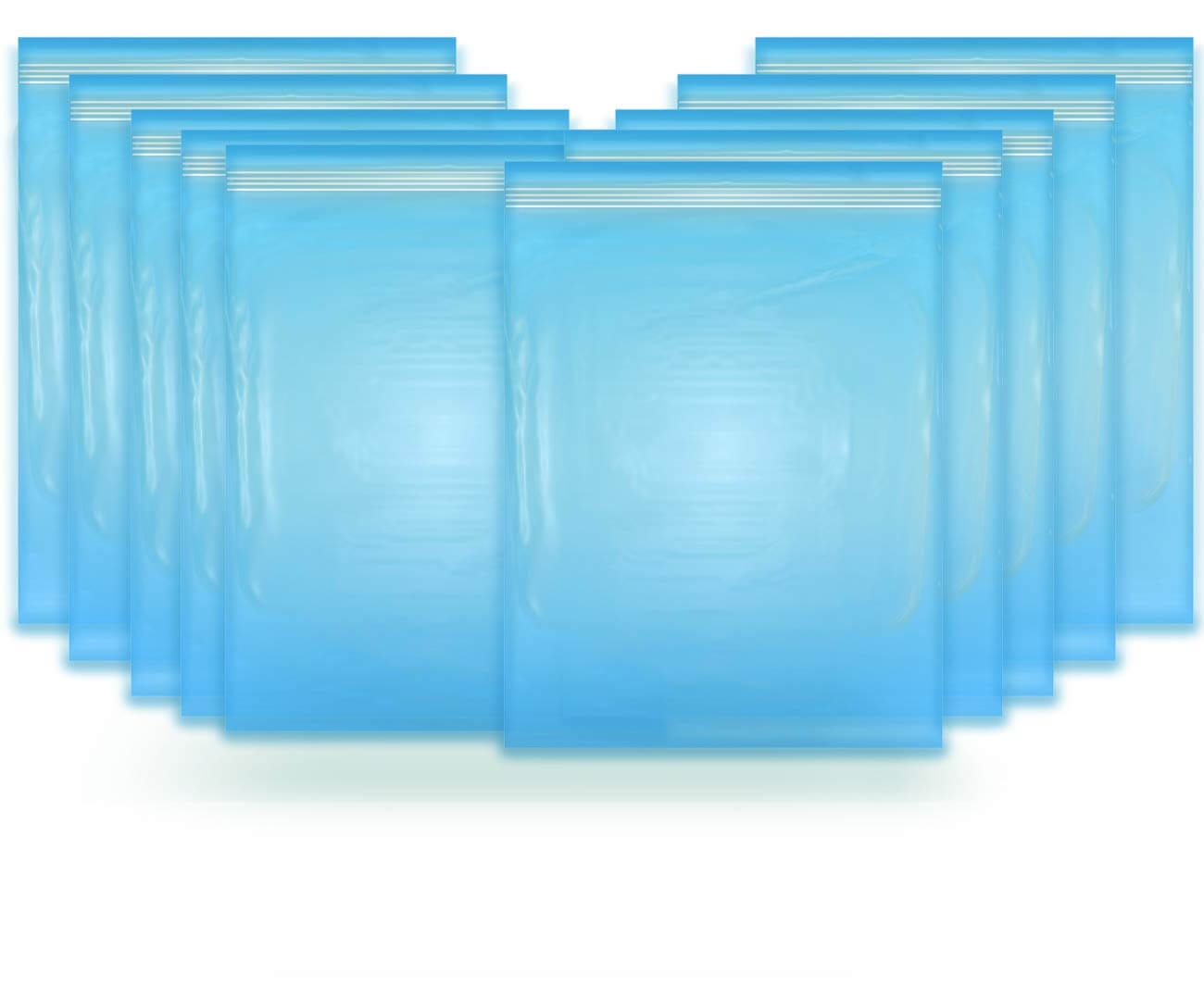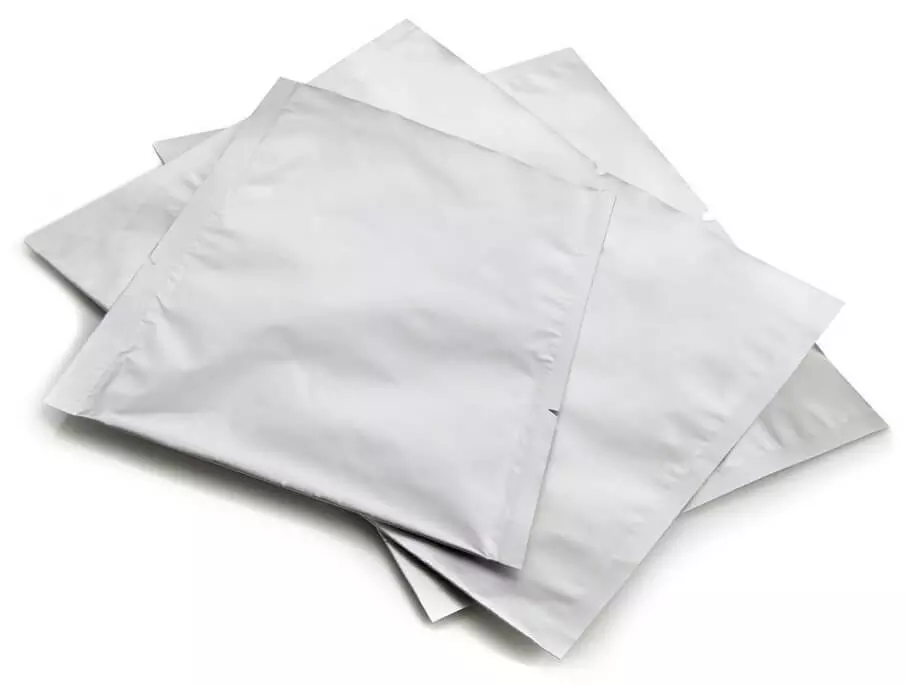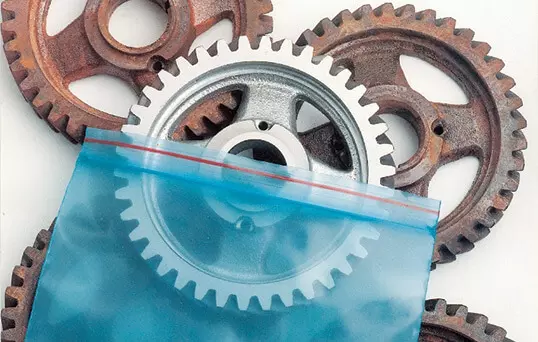Comments
- No comments found

Corrosion preventative packaging often leads to a direct choice between barrier foils and VCI impregnated paper or polyethylene.
So how do you know which packaging is better for your products? The right packaging attracts consumer and keeps products safe in transportation.
Identifying the right packaging for equipment and goods you need to protect, ship or store is a key business decision, with the wrong choice being costly both in terms of replacing any corroded items and your business reputation.
Packaging must adequately protect your goods and equipment from damage caused by corrosion over time. Corrosion is costing billions of dollars each year, as products are exposed to water vapor, moisture and other potentially corrosive elements. Such costs could be related to the wrong packaging choices.
The impact on company profitability can be enormous, yet a simple change in the choice of the packaging material can reduce or even stop such damage. Atmospheric protective packaging essentially comes down to a choice between barrier foils, or packaging which contains VCI (Volatile Corrosion Inhibitors). 3D Barrier Bags provides important considerations to successfully choose a corrosion prevention packaging.
If you’re looking to make a choice between barrier foils and VCI impregnated paper or polyethylene, you need to understand the qualities properly before making your decision.

Barrier Foils are almost completely impermeable to moisture vapor, oxygen and other potential corrosive elements and airborne contaminants. They incorporate 3 to 4 layers of different materials that are bonded together with extrusion polyethylene or adhesive. The addition of desiccant can provide effective corrosion prevention systems for as long as 20 years or more.
Barrier foil packaging will help with the control of humidity within each package, keeping them below the critical 38% (the level at which metal parts will begin to corrode). The combined use of clay desiccant to absorb permeating moisture vapor through the barrier foil allows for effective corrosion prevention for longer than offered by VCI. Even when their use is combined with activated clay desiccants there are no special disposal instructions necessary, so this can be a considerable cost saving.

VCI on the other hand offers the ability to incorporate chemical compounds into different types of packaging, predominantly polyethylene and paper. VCI molecules are absorbed on metal surfaces to create an invisible molecular barrier against oxygen, moisture and chlorides; the elements linked with corrosion. VCI packaging offers security for products providing it remains intact and unopened for storage timeframes up to 3 years.
VCI compounds are released into the air and can be potentially harmful to humans. As such, they require specialist disposal measures which is not the case with barrier foil packaging. VCI packaging may require special waste category disposal, so the additional cost factor could influence your decision.
Barrier foils offer a higher degree of puncture and tear resistance providing greater strength for the protection of bulkier, heavy or particularly sensitive materials and can protect electronics and plastics. VCI impregnated polyethylene behaves in a similar way to PE, with the same inherent weaknesses so may not be strong or stable enough to prevent damage or remain intact for heavy or vulnerable equipment over an extended period. If you are seeking to store or transport small jobs for short periods, then you may feel that VCI is a suitable and adequate choice.
Now you know more about both types of packaging, your individual situation should help you to make the right packaging choice between 3D barrier bags or VCI based packaging. Having identified the size, shape, weight and storage longevity needs one may be the clear winner for you. If you are still left undecided or have questions, why not consider contacting a leading corrosion and vapor damage prevention company to help you make the right choice.
Leave your comments
Post comment as a guest